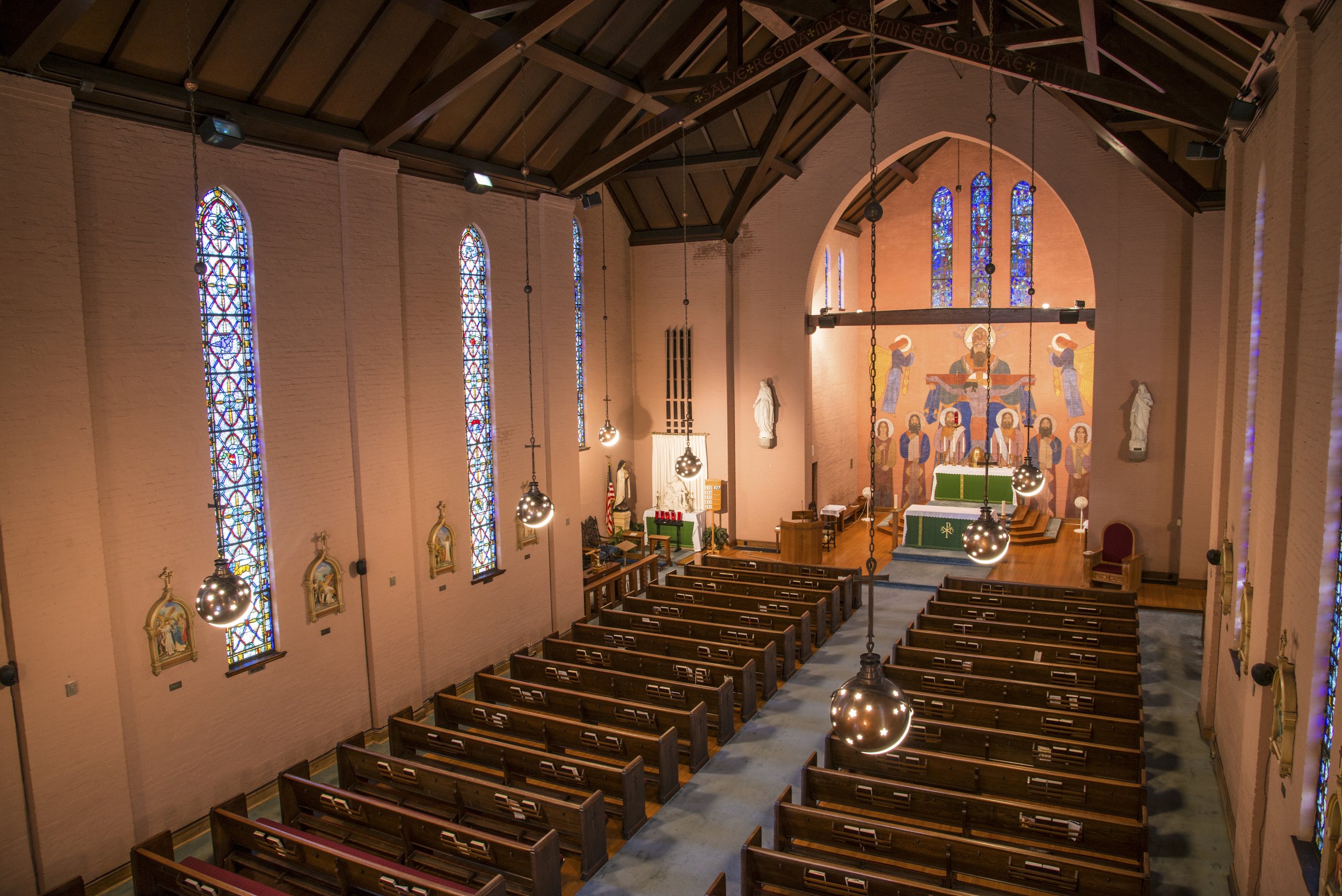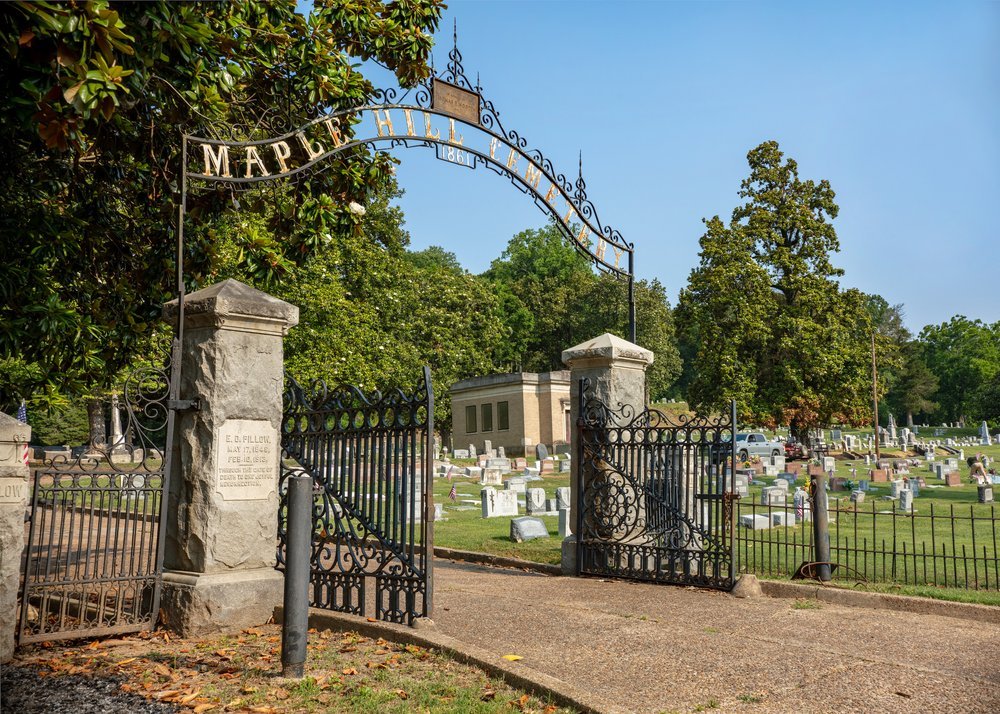
Detailed Information
Historic Sites
Pillow-Thompson House
718 Perry St.
The Pillow-Thompson House is arguably Helena’s most impressive historic home. The home, built in 1896 by Jerome B. Pillow, is one of the finest examples of Queen Anne architecture in the South and is the only home in Helena available for tours to the general public. The house is the only Victorian home in Arkansas with full-wood construction. It is one of several homes in Helena designed by architect George Barber.
Union Advance Site
1000 S Biscoe
In July 1862, Helena became a Union stronghold in Confederate Arkansas and an island of freedom for refugee slaves. Panels depicting Union soldiers and freedom seekers, artillery and a supply wagon encourage visitors to experience this momentous event.
Freedom Park
700 S Biscoe
This beautiful park, once the location of a Contraband camp, encourages contemplation. Five exhibits explore the experiences of refugee slaves who came to Helena in search of freedom and a life of self-determination. Life-size figures, structures representing a plantation house and a refugee dwelling, and an earthwork interpret this National Underground Railroad Network to Freedom site.
Estevan Hall
653 S Biscoe
Fleetwood Hanks’ descendants lived in this house for 170 years. The history of the Hanks family and Estevan Hall are told in an outdoor exhibit. Estevan Hall has been restored and is used an an event space venue.
Hindman House
320 S Biscoe
In July 1862, while Confederate General Thomas C. Hindman and his family were in Little Rock, Union General Samuel Curtis seized the Hindman home. An exhibit representing the Hindman home discusses the Hindman family and Curtis’s action.
Fort Curtis
350 Columbia St.
New Fort Curtis allows visitors to experience an earthen fort firsthand, including the huge 24-pounder guns. Exhibits tell the story of the original Civil War fort built in 1862 and this unique reconstruction.
Maple Hill & Confederate Cemeteries
1901 Holly St.
Exhibits near their graves discuss the lives of Thomas C.Hindman and James Tappan. Exhibits adjacent to and in the Confederate Cemetery interpret Helena’s seven Confederate generals, the Confederate Cemetery and Patrick Cleburne’s grave.
Magnolia Cemetery
110 Wire Rd.
This African American Cemetery was established before the Civil War. One of the first black Legislators of Arkansas, W. H. Grey, successful businessman Abraham Miller and his wife, well-known philanthropist, Eliza A. Miller, members of pioneering black families, and Civil War veterans are buried here. New interpretive panels were recently installed, sharing this rich history.
Union Batteries
Four earthen batteries were erected by the Union army in 1862, its gunners helped repulse the Confederate attacks during the July 4, 1863, Battle of Helena.
Battery A - 716 Adams St.
Not open to the public at this time, historical marker on the intersection of Adams and Beech.
Battery B - 1197 Walker St.
Historical marker on Liberty between First and Summit, what remains of the battery, which is on private property, is visible from Liberty Street.
Battery C - 1203 Yorkshire Dr.
This battery briefly fell to the Confederates during the Battle of Helena. This distinct site has parking, a walking path, and interpretive signage as well as a stunning view of the city.
Battery D - 145 Military Rd.
Not open to the public at this time, historical marker on Military Road.
Hornor-Moore Home
323 Beech Street
This African American Cemetery was established before the Civil War. One of the first black Legislators of Arkansas, W. H. Grey, successful businessman Abraham Miller and his wife, well-known philanthropist, Eliza A. Miller, members of pioneering black families, and Civil War veterans are buried here. New interpretive panels were recently installed, sharing this rich history.
Beth-El Heritage Hall
406 Perry St.
The first Jewish settlers arrived in Helena in the early 1840s and the historic Temple Beth El was a regional congregation that served Marianna, Marvell, Holly Grove, Trenton, and West Helena. In 2006, Beth El was given to the Delta Cultural Center by its congregation. A wayside on Perry Street discusses northern benevolent organizations in Civil War Helena. Currently open by appointment only.
St. Mary's Catholic Church
123 Columbia St.
St. Mary’s Catholic Church, built in 1934, was the fulfillment of a lifelong dream of Father Thomas J. Martin, who spent all but the first six years of his priesthood in Helena, and his fondest wish was to leave behind him a beautiful and lasting monument to the church and to the people whom he loved and served for so many years. The church’s design was the first major work of a young architect, Charles Eames. Mr. Eames gave up his work as an architect, becoming one of the most recognized names in furniture and industrial design.











